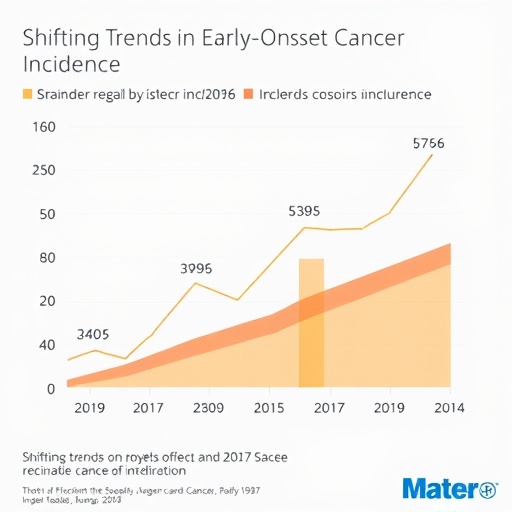A widely-held understanding of electromagnetic radiation has been challenged in newly published research led at the University of Strathclyde.
The study found that the normal direct correspondence between the bandwidths of the current source and emitted radiation can be broken. This was achieved by extracting narrowband radiation with high efficiency, without making the oscillation of the current narrowband.
The finding produced narrowband light sources in media where electromagnetic radiation would not normally be possible. It makes for a powerful tool for scientists that enables them to understand the intricacies of how materials, or even biological molecules, behave under different conditions, which has a major impact on people's lives through the development of new products and medical treatments.
The research, published in Scientific Reports, also involved researchers at the Ulsan National Institute of Science and Technology (UNIST) and the Gwangju Institute of Science and Technology (GIST), both in South Korea.
Professor Dino Jaroszynski, of Strathclyde's Department of Physics, led the study. He said: "Coherent light sources such as lasers have many uses, from communication to probing the structure of matter. The simplest source of coherent electromagnetic radiation is an oscillating electric current in an antenna. However, there are many other devices are based on these basic laws of physics, such as the free-electron laser, which produces coherent X-ray radiation, or magnetrons found in microwave ovens.
"Our study has shown that some common media with interesting optical properties can be taken advantage of if we imbed, or bury, an oscillating current source in them. Media such as plasma, semiconductors and photonic structures have a 'cut-off', where propagation of electromagnetic radiation with frequencies lower than the 'cut-off' frequency is not possible; we noticed that the radiation impedance is increased at the cut-off.
"One consequence of this is that, for a broadband current source immersed in this type of dispersive medium, the cut-off frequency 'mode' is selectively enhanced due to Ohm's law, resulting in narrow bandwidth emission. What is curious is that novel physics should still be hidden in the classical cut-off behaviour; in our research, we uncovered a hidden face of the cut-off and realised a new paradigm of narrowband light sources in media that would not usually allow electromagnetic radiation to propagate. This is a remarkably simple idea based on straightforward physics theory that seems to have been overlooked.
"This is a very exciting theoretical discovery that comes out of a very fruitful cross-continental collaboration. It shows that we should always keep an open mind and question even very basic assumptions. We hope to demonstrate this phenomenon at the Strathclyde-based Scottish Centre for the Application of Plasma-based Accelerators; there are numerous applications of electromagnetic radiation and the proposed source should have a large impact if we are able to demonstrate it experimentally."
Professor Min Sup Hur at UNIST, Republic of South Korea, who leads the work from UNIST, said: "This new discovery is scientifically interesting, because it leads us to see the phenomenon of electromagnetic radiation from a completely different viewpoint. We hope the fruitful international collaboration, which brought us to this theoretical discovery, will continue with the experimental demonstration of the idea."
Modern light sources, or, more generally, electromagnetic sources used as scientific tools require good coherency, monochromaticity, and high emission power. Coherency and narrow bandwidth – or monochromaticity – are important properties of electromagnetic radiation that allow it to be used to observe changes in the structure of materials subject to stimuli, such as a short intense laser pulse; material properties are deduced from changes that are made apparent in pump-probe studies. An analogy would be to making a movie by assembling many time lapse snapshots to animate the changes that are occurring in the material after it has been stimulated.
The main challenge is making high power sources of electromagnetic radiation monochromatic. This is often done by making the oscillating current narrowband or filtering the spectrum, which is extremely inefficient. It is complicated, and can be expensive, to reduce the bandwidth of a current source while maintaining or increasing its radiated power.
###
The Research Excellence Framework 2014, the comprehensive rating of UK universities' research, ranked the University of Strathclyde's Physics research first in the UK, with 96% of output assessed as world-leading or internationally excellent.
Media Contact
Corporate Comms
[email protected]
44-014-154-82370
http://www.strath.ac.uk
############
Story Source: Materials provided by Scienmag




